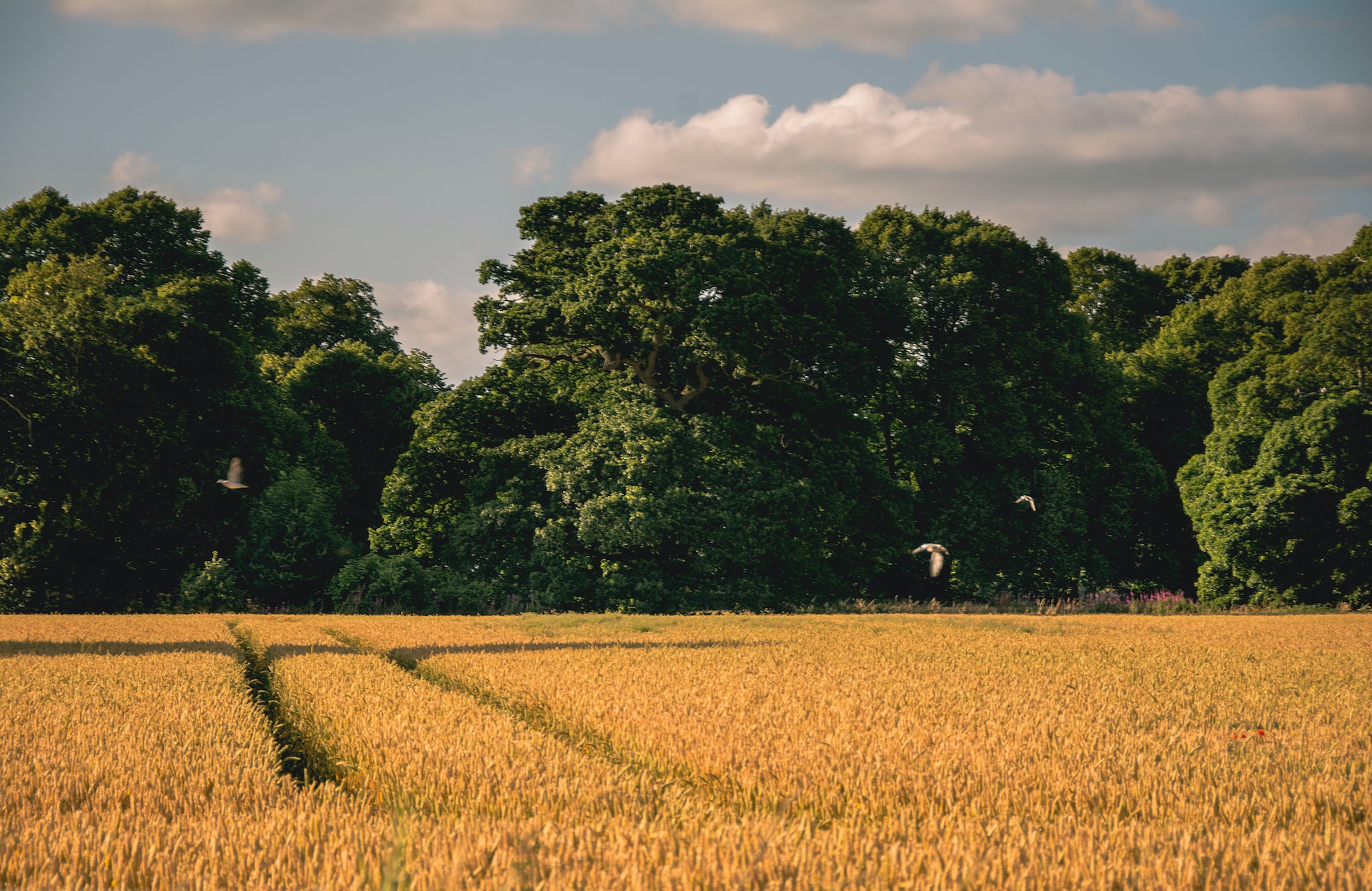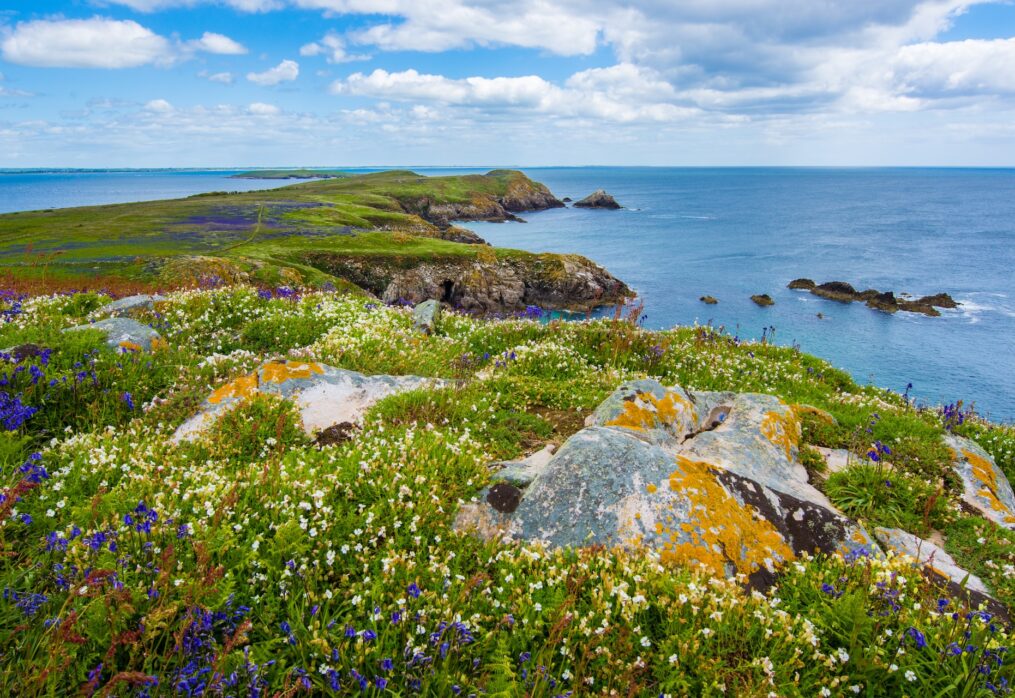Cereal production up in Ireland thanks to breeding
How scientists are boosting cereal production in Ireland
Improving the genetics of crops to make them more resilient to climate change is a key part of modern cereal production in Ireland. And this approach is bearing fruit.
According to Richard Halleron, author of the Agriland.ie portal, improving the genetic characteristics of crops will be a key factor in Irish crop production. Local scientists are actively working to improve the quality of key agricultural crops.
Genetically improved oilseed rape varieties
Improvements in the quality of oilseed rape are showing good results. In 2022, local farmers were able to harvest around 2 tonnes of the crop per acre of land, a high yield. In 2023, there was a drop to 1.6 tonnes per hectare. But the area under WOSR increased to 20,500 hectares. The decline was predictable as farmers faced adverse weather conditions throughout the season.
Although the last marketing year was not very successful, it did provide an opportunity to test a new product from Irish breeders. It’s a variety of oilseed rape with pods that do not fall off. This enabled farmers to save most of their crops, even in the face of heavy rainfall.
Success in developing new cereal varieties
More recently, growers have begun to use new barley varieties resistant to the yellow dwarf virus. These crops are producing excellent results compared with traditional varieties.
At the same time, scientists continue to work on the genetic improvement of barley. Syngenta, with operations in the UK and Germany, is a leader in this field.
The new hybrid varieties have several advantages in cultivation:
— they show better uptake of fertiliser, especially nitrogen;
— new barley varieties, with their well-developed root systems, efficiently transport nutrients from the soil. It channel them to increase biomass;
— the crop does not provide the necessary nutrients and water for growing weeds. This is a natural battle against weeds.
Studies show that the number of weeds in barley plots is lower. As is the number of weed seeds that are returned to the soil to germinate.
Genetic improvement of forage maize
A number of companies are interested in developing varieties of forage maize that can be grown in the climates of Scandinavia and northern Europe. Irish farmers are already growing some varieties. Including some planted in April and harvested in September. This allows growers to finish before temperatures drop. Harvesting used to take place in late autumn when heavy rainfall had soaked the soil. The use of machinery in such conditions had a negative impact on the condition of the plots, contributing to soil compaction.
